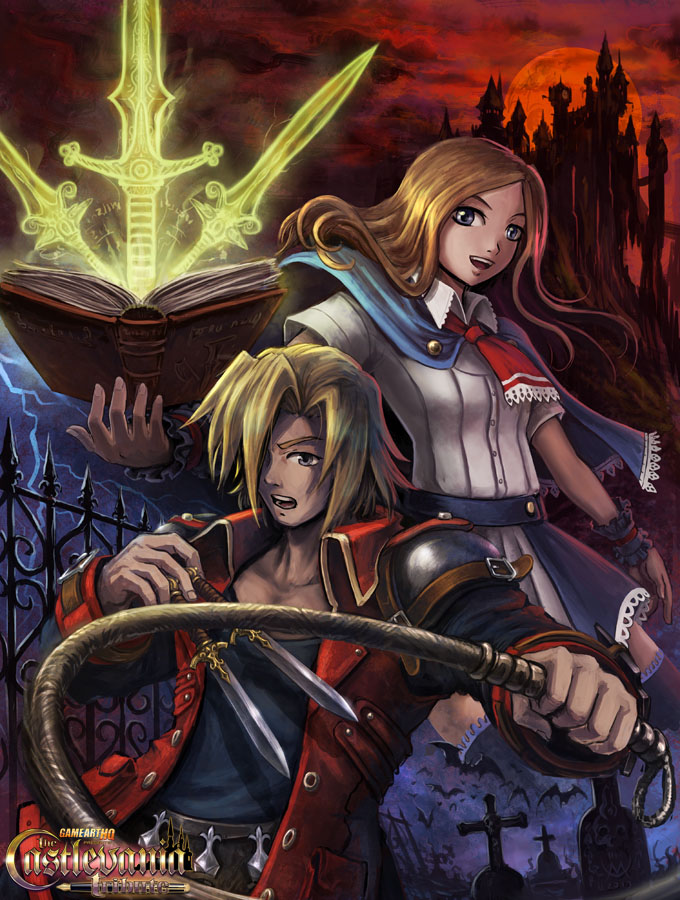

One of the very first paintings we enter is the aptly named City of Haze. Due to the length of this, the paintings will be set up in groups of two due to them sharing similarities: The City of Haze and 13th Street, the Sandy Grave and Lost Nation, The Nation of Fools and Burnt Paradise, and The Forest of Doom and the Dark Academy. Look at Brauner's attacks, that is exactly what a surrealist painter would create!Ĭonsidering all of these points, it is probable to connect his paintings to worldly events going on around the times of World Wars 1 and 2, as well as towards his own personal life as well. The two share many similarities, namely in that they're both affected by the World Wars (Victor had to flee Paris when the Nazis invaded, while Brauner lost his daughters) and they're both surrealist artists. Even moreso if we consider that Brauner is the Castlevania equivalent of Victor Brauner. Being at the climax of World War 2, this gives Brauner loads of material to work with.

Artists are products of their times, so it would make sense if all of his paintings had meanings pertaining to current events. He doesn't just make paintings for fun, they're representations of how he views the world, or issues within it. Let's consider that Brauner is an artist, first and foremost. However, I feel this is something that actually lends more to the story than previous Castlevanias. One of its most common complaints is how the story feels overall weak, with the Portrait gimmick to feature new worlds that one would never see within a Castlevania game feeling somewhat shoehorned in. Out of all the Castlevania games, the one I found that recieved alot of flak for its story is Castlevania: Portrait of Ruin. On the Portraits found in game and how they detail Brauner's points on Humanity and/or current events of his time


 0 kommentar(er)
0 kommentar(er)
